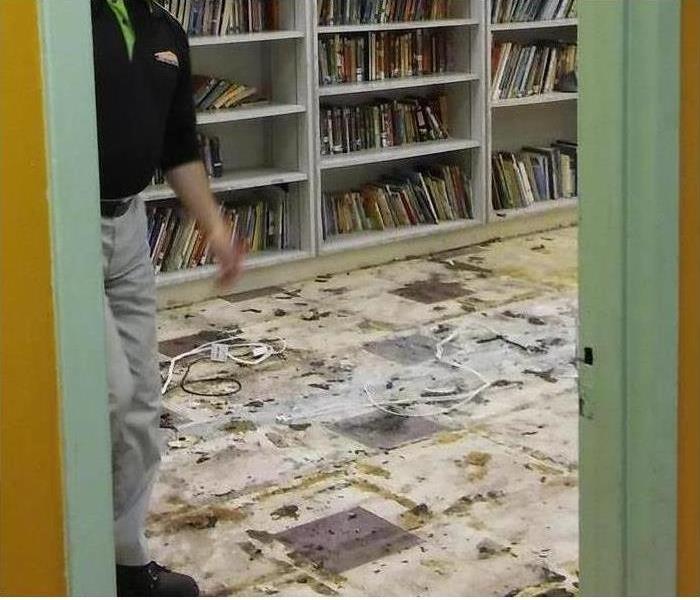3 Ways Mitigation Differs From Restoration
1/26/2022 (Permalink)
 If you need mitigation or restoration service, at SERVPRO, we have the professionals to help, call us!
If you need mitigation or restoration service, at SERVPRO, we have the professionals to help, call us!
3 Differences Between Mitigation And Restoration
A commercial building that has suffered storm damage is likely to require mitigation followed by restoration. The owner may hire a flood cleanup company and a restoration company or rely on a service capable of cleaning up damage and completing repairs. Here are three differences between mitigation and restoration.
1. Mitigation Takes Place First
As soon as any type of damage has occurred, a building owner should contact a company that provides mitigation. Be sure to document the worst of the damage before taking any measures to clean up or prevent further damage. Restoration should take place after the structure has been cleaned and steps have been taken to limit additional damage.
2. The Goal of Mitigation Is Limiting Damage
Mitigation efforts focus on cleaning up existing primary damage and reducing the risk of secondary damage. For instance, a flood cleanup company will extract standing water as soon as possible to limit water damage and prevent mold growth. Another mitigation measure is tarping over a damaged roof to stop leaks. Restoration focuses on fixing the damage sustained by a structure.
3. Mitigation May Involve Tearing Out Damaged Materials
It may be necessary to tear out certain materials in order to limit damage. Carpet, drywall, insulation and other porous building materials exposed to contaminated water can be difficult to completely clean and dry. These materials may no longer function as intended and can increase the risk of mold. Tearing out is done to limit damage and falls under the category of mitigation. Restoration involves replacing these materials after the affected area is clean and dry.
Mitigation and restoration are both necessary to remediate damage at a commercial property in Scarsdale, NY. Rather than hiring a separate flood cleanup company and restoration company, look for a single service that has the equipment and expertise needed to complete the entire damage remediation process.

 24/7 Emergency Service
24/7 Emergency Service